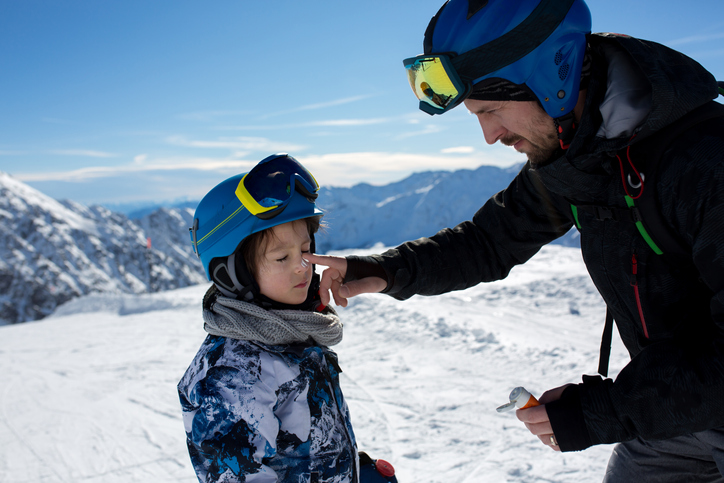Sunscreen, often hailed as the guardian against visible signs of aging, sparks a common question: Is daily use still crucial during the winter months? Delving into the intricacies of sun radiation and its effects, the necessity of winter sunscreen use comes under scrutiny.
Understanding the Sun’s Impact: UVA, UVB, and Seasonal Variations
The sun’s rays, comprising UVA and UVB radiation, reach the Earth throughout the year, impacting our skin. UVB is notorious for sunburn and DNA damage, while UVA penetrates deeper, affecting collagen and contributing to premature aging.
Seasonal Dynamics of UV Radiation
The amount of UVA and UVB radiation varies across seasons, influenced by factors like the sun’s angle, latitude, and time of day. Closer to the equator, consistent radiation levels are observed, while higher latitudes, like London, experience reduced UVB radiation during winter.

Winter Sunscreen Logic: Minimizing Cumulative Damage
Although UVB exposure decreases in winter at higher latitudes, UVA radiation persists, even through clouds and windows. Considering the cumulative nature of skin damage, daily winter sunscreen use becomes a potential shield against prolonged UVA exposure.
Special Considerations for Altitude and Snow
Winter activities, especially at higher altitudes on snow-covered landscapes, intensify UVA and UVB doses. Snow reflects up to 80% of UV radiation, amplifying exposure. Skiing or similar activities necessitate sunscreen, protective clothing, and sunglasses for comprehensive protection.



